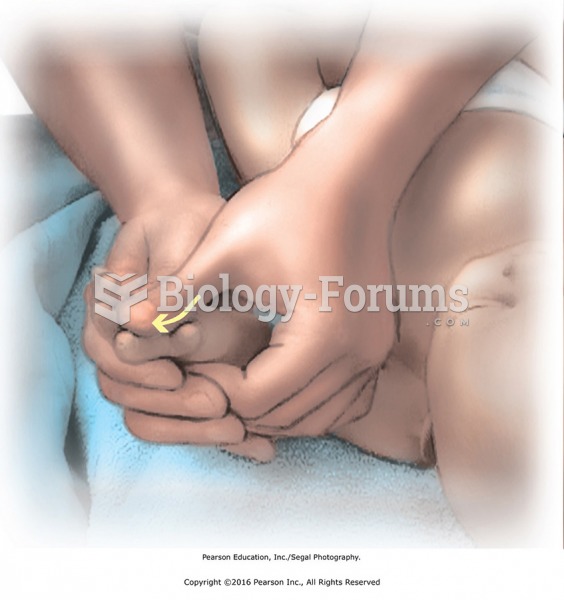Answer to Question 1
Correct Answer: 1,3,4,5
Rationale 1: Proper hygiene and infection control measures help prevent the transmission of infectious disease and the development of resistance.
Rationale 2: Shortening administration duration leads to mutations. Antibiotics should be taken for their full duration.
Rationale 3: Using antimicrobials only when there is a clear rationale for their use helps prevent the development of resistance.
Rationale 4: The CDC guidelines for preventing antimicrobial resistance include preventing infections when possible.
Rationale 5: Diagnosing and treating infections properly helps prevent the development of resistance.
Global Rationale: Methods of delaying the emergence of antibiotic resistance include: preventing infections when possible, diagnosing and treating infections properly, using antimicrobials wisely, and preventing disease transmission.
Answer to Question 2
Correct Answer: 1
Rationale 1: The widespread and sometimes unwarranted use of antibiotics has promoted the development of drug-resistant bacterial strains.
Rationale 2: The selection of the incorrect antibiotic leads to exacerbation of an infection, not resistance.
Rationale 3: New antibiotics are being released on at least an annual basis.
Rationale 4: Client nonadherence can affect antibiotic effectiveness, but it is not the most important factor in the development of resistance.
Global Rationale: The widespread and sometimes unwarranted use of antibiotics has promoted the development of drug-resistant bacterial strains. By killing strains of bacteria that are sensitive to the drug, the only bacteria remaining to replicate are those that acquired the mutations that made them insensitive to the effects of the antibiotic. These drug-resistant bacteria are then free to grow, unrestrained by their neighbors that are killed by the antibiotic.







